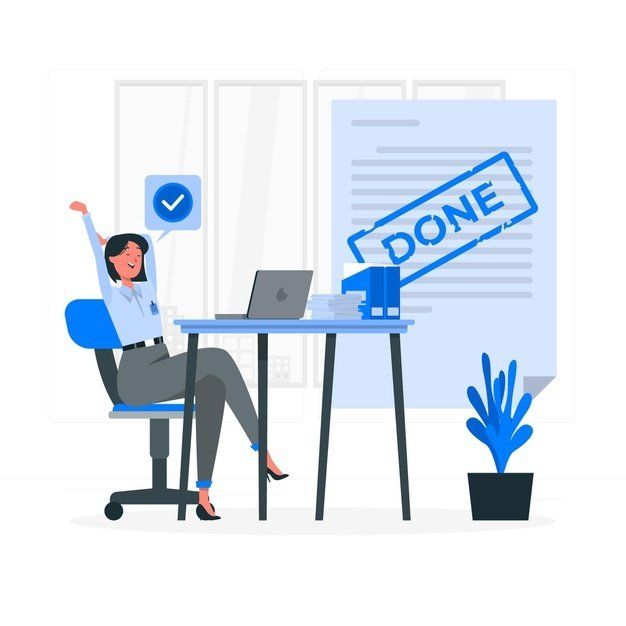Five Tips for Switching Off From Work

Image by Freepik
These days switching off from work isn't as simple as packing up and heading home. There are often expectations that you are constantly on and ready to answer phone calls and respond to emails and SMS at all hours.
During the start of the pandemic, Atlassian research found that people were working longer hours. Similarly, a study by Sadun and Polzer found that the increased working hours was due to people sending more emails (and more being sent after business hours), and while the length of meetings decreased, the number of meetings people needed to attend increased.
So while you may have been working from home over the last couple of years and saving time commuting, you are also more likely to have been working longer hours and perhaps finding it harder than ever to switch off.
If that's you, then here are five tips to help.
Schedule tomorrow
Before you finish your working day, write down what you want to achieve at work tomorrow. Outlining your tasks and scheduling your workday in advance helps stop you from ruminating about everything you need to do tomorrow.
Have rituals
Much of what we do each is a habit – which is a regular pattern of behaviour. Establish a routine that signals to your brain that your working day has finished.
It might be getting out of your work clothes, meditating, switching your phone to silent, listening to a podcast or calling a friend.
Set boundaries
You need to set two types of boundaries – the ones you set with yourself and the ones you establish with your boss and work colleagues.
Switching off takes discipline, so you need to set boundaries with yourself about how you work. If you consistently work long into the evening and answer emails late at night, you create a pattern of behaviour for yourself and those around you.
It's always easy to be 'on', so use technology to help you switch 'off'. Have your phone automatically switch to 'do not disturb' and turn off social media push notifications and email alerts at set times.
Also, set boundaries with your team. Agree on the protocols about how you will handle calls and emails outside set work hours.
Book time for fun
Plan and have regular events in your calendar that force you to leave your work desk and not burn the midnight oil. It could be an art class, catching up with a friend or attending a community activity.
These activities not only help you switch off but help you maintain balance and connection.
Shake it off
In the iconic words of Taylor Swift – Shake it off. One of the best things you can do to leave your workday behind is to exercise. Get the blood pumping and those endorphins zinging through your body, and you'll leave your workday behind.
Read More: Sustainable Health is a Necessity, Not an Option
As the author of Winnie the Pooh (and other tales), A.A. Milne said: “Don't underestimate the value of Doing Nothing, of just going along, listening to all the things you can't hear, and not bothering”.
This article was also published on Michelle Gibbing's Linkedin
This article is also available in Chinese.
Avoid the downfalls of burnout within your company and stay in tune to your employees well-being with technology like Happily (or Budaya for those from Indonesia). It has amazing analytics and also provides activities for employees to be fully immersed in the organisation's culture.
To find out more about Happily, click here or email info@leaderonomics.com
Personal
Tags: Mental Health
Michelle Gibbings is a workplace expert and the award-winning author of three books. Her latest book is 'Bad Boss: What to do if you work for one, manage one or are one'. www.michellegibbings.com.





